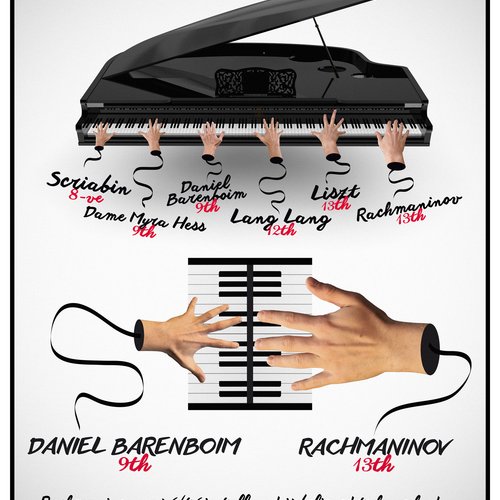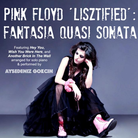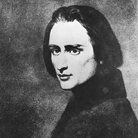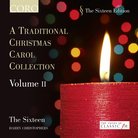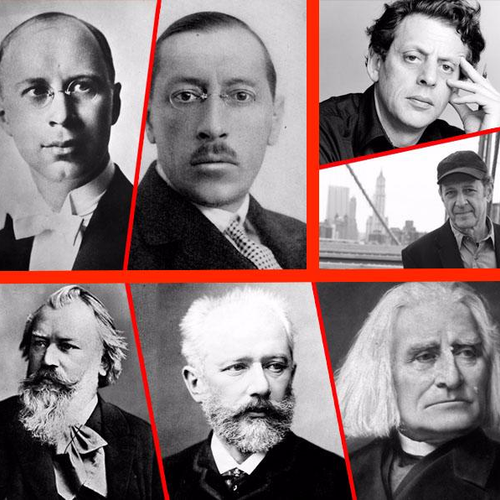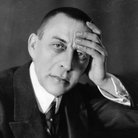Lisztomania: the wild phenomenon that gripped 19th-century crowds
22 October 2024, 13:05 | Updated: 23 October 2024, 10:32

How one fascinating figure single-handedly laid the foundations for the superstars of today.
Listen to this article
There’s a sense of overwhelming, overbearing hysteria. Hordes of adoring fans jostling to get up close, elbowing past each other just to catch a glimpse. The screams are deafening. No, this is not the Beatles live in Shea Stadium in 1965. Nor is it Taylor Swift at the O2 in 2024. It is in fact the scenes at a performance of a musician who is as rock n’ roll as it gets: Franz Liszt.
It seems strange enough to us today that a classical musician could elicit such intense feelings of adoration, but in the 1840s this phenomenon was frankly alarming.
This superstar virtuoso pianist and composer had such a powerful effect on the public that the term “Lisztomania” was invented to describe the behaviour of his fans, more than a century before the “Beatlemania” of the 1960s. Heinrich Heine, the German writer who coined the term, described the “veritable insanity” of the crowds, likening it to a disease that had spread throughout Europe.
Read more: The 25 best pianists of all time
The symptoms of this mania were startling: fans were so obsessed that they wore his portrait on brooches. Women would fight over locks of his hair, and whenever he broke a piano string, admirers would desperately attempt to obtain it to make a bracelet. Some would even carry glass vials to pour his coffee dregs into and rush to collect stubs from one of his cigars.
Confused? You would be completely forgiven for wondering how on earth this came about. To understand, we need to look at the context that Liszt was living and working in.
Up until the beginning of the 19th century, classical music had been a mostly civilised art form, performed in church or at court. There are a few examples of rock-star type behaviour, such as a musical duel between Mozart and Clementi and the fame of celebrated countertenor and diva Farinelli, but it was not until the emergence of a violinist named Paganini that we get a sense of the stardom that would later be seen with Liszt.

Paganini took the definition of “virtuoso” to an entirely new level, leading to legends that he sold his soul to the devil to pay for his skill. He also liked to prepare the strings on his violin so they would snap, further wowing crowds with his ability to play on with just one remaining. Show-off.
Liszt was completely enthralled by seeing Paganini play in 1832, once saying that “wonderful things might be done with the piano if its technical possibilities were developed as those of the violin have been by Paganini”.
After this, the young man who – in contrast to the Devil-possessed violinist – had been considering becoming a Priest, started practising up to 14 hours a day. He developed an outstanding technique, characterised by lightning-fast finger work, precise tempo and pure power.

This was combined with his distinctive and quintessentially romantic aesthetic, in a post-French revolution world which was bursting with new ideas, set against an atmosphere that was a strong cocktail of longing, passion and terror.
Long hair, intense eyes, and sharp facial features; he possessed a magnetism that was bewitching to all who saw him. Perhaps the closest comparison is the poet Lord Byron, who himself was no stranger to mass adoration, affairs, scandal, and all the other trimmings that typified a great romantic artist.
The “Byronmania” of 1812 set the stage for Liszt, and the result was like nothing anyone had witnessed before in the entire history of music. He was, quite simply, seen as a god. As described by German poet Heinrich Heine, the whole of Europe appeared to be infected by this dashing, long-haired, mysterious man smashing and breaking pianos – an act later replicated by rock bands such as The Who.
While of course we don’t condone destroying instruments, the pure theatre of the gesture drove crowds wild. Liszt would bash away at the keys until they couldn’t take anymore.

Liszt sadly died before the age of recordings, but thankfully we get a sense of his virtuosic prowess from the compositions he wrote during this period of intense stardom. His 19 Hungarian Rhapsodies, written between 1846 and 1853, are a tour-de-force of technical wizardry combined with a deep understanding of the dramatic.
The particularly famous second rhapsody became embedded in the public consciousness through its inclusion in an episode of Tom and Jerry, which inspired many musicians – including Lang Lang – to take up the instrument.
Liszt’s orchestral compositions are filled with passion, fire and emotion. His Faust Symphony is one of the most emotionally supercharged works there is, paving the way for the hyper romanticism of the late 19th century.
Read more:Virtuoso pianist perfectly syncs her playing with Tom and Jerry Cat Concerto scene

Tom & Jerry | Concert Madness | Classic Cartoon | WB Kids
So, while ecstatic fandom might not seem unusual in our world of Swifties and Gallagher devotees, it’s incredible to think it all started with this remarkable piano showman.


